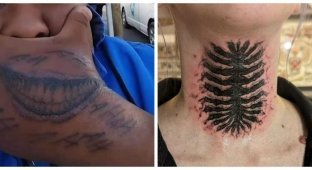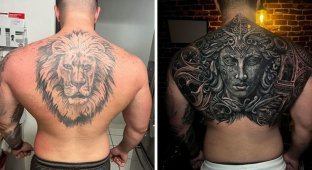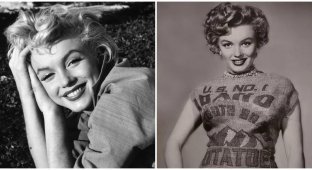Do you know people who tattoo the name of their next lover on their bodies? Even today it’s not a particularly smart decision to give yourself the name of someone who isn’t even your own child. You never know how many lovers there will be in life. And in Japan this act was incredibly popular in the 18th century! And no one thought about any mafia. 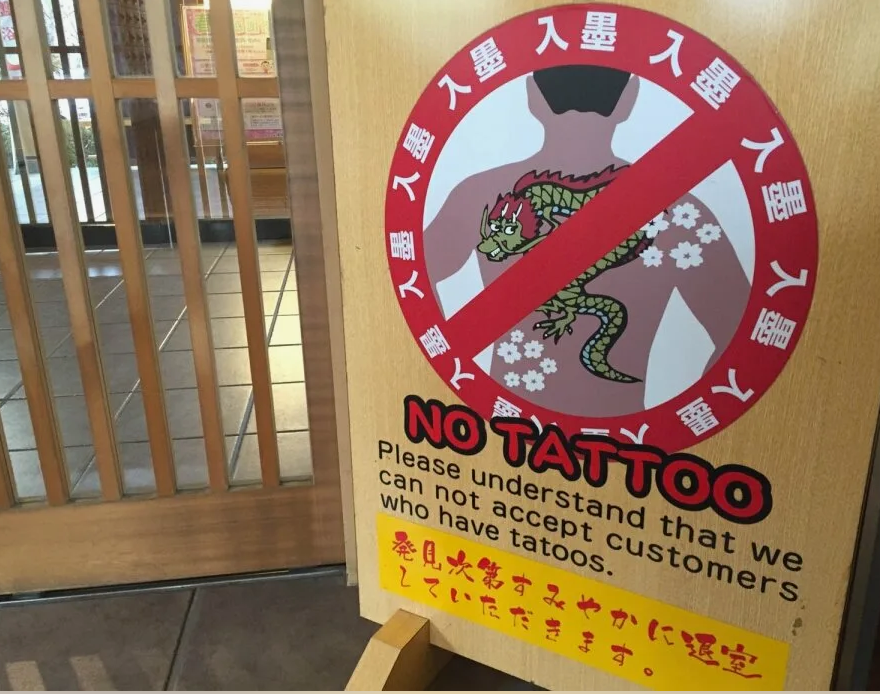
Sound familiar? A European with a tattoo has to face some inconveniences in Japan, especially in the baths
How all the Japanese fell in love with tattoos
In the 18th century, Japanese culture experienced a boom in tattooing. And all because in 1757 the Chinese novel “Suikoden” suddenly became popular in Japan (it was written centuries earlier, it just came to Japan during this period).
In this story about courageous rebels, the main thing was illustrations. Strong and brave men were covered with tattoos of dragons and tigers, emphasizing their incredible resilience. The Japanese literally fell in love and wanted the same ones for themselves. And no insinuations about the yakuza. 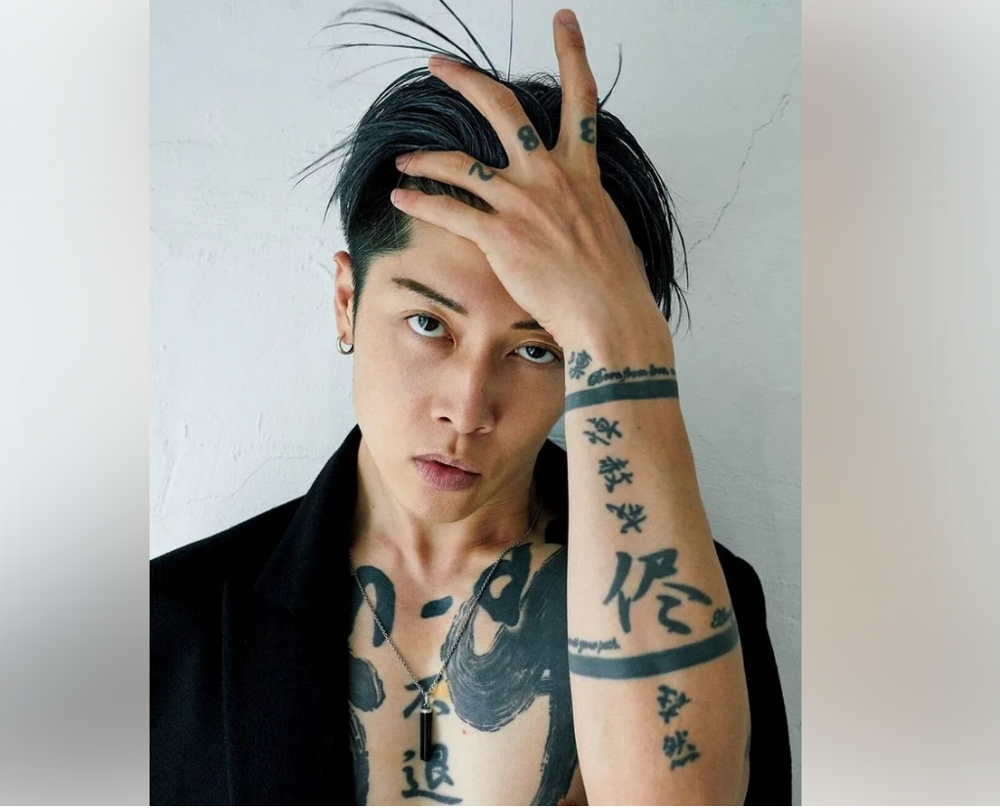
Japanese carnies with tattoos may look terribly stylish, but it is always a huge challenge to society. Very few people decide to do this
And everyone started getting tattoos!
Many people made them with special meaning. For example, merchants gave themselves expensive tattoos. Because they were forbidden to display ostentatious luxury in their clothes, but they wanted to show off their status.
Or a courtesan, for the sake of the favor of a rich client, could tattoo his name on her shoulder. 
The names of courtesans, especially famous ones, were also often tattooed on their shoulders by men. True, they laughed at such people if this tattoo was not mutual.
Often, next to the name of the beloved, the hieroglyph “inochi”, that is, “life,” was embossed. That is, this person is your life, and only death will separate us, beautiful Japanese symbolism. 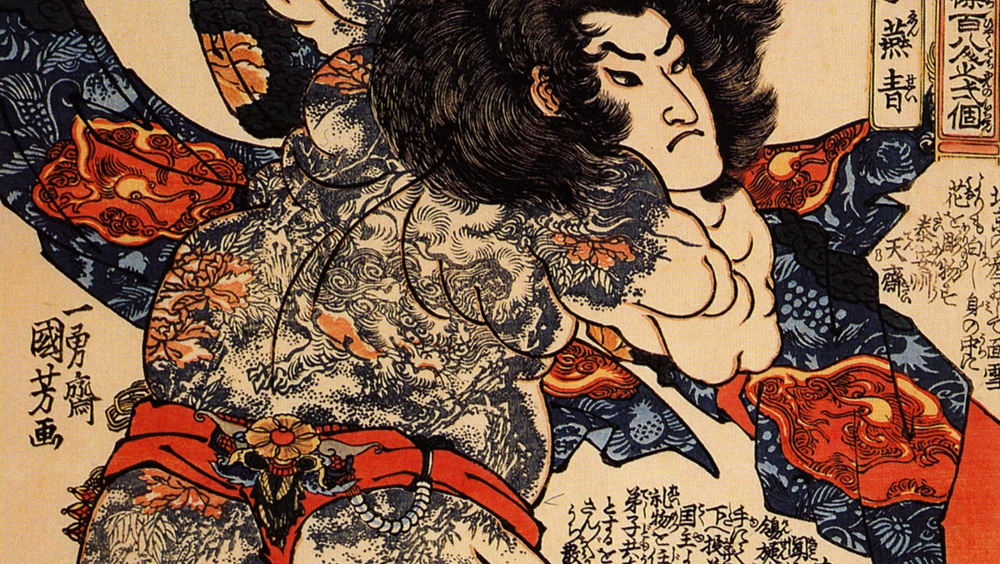
The richest merchants could ask for famous engravings to be made for them. Very expensive, that's why it's cool
Which turned out to be a lie
Just as often as hotheads got other people's names on themselves, they wondered how to erase them from their skin. But there was no laser removal then.
There were two ways to choose from to remove a tattoo:
Heat a tobacco pipe and burn the tattooed skin.
Burn them with flammable wormwood leaves. 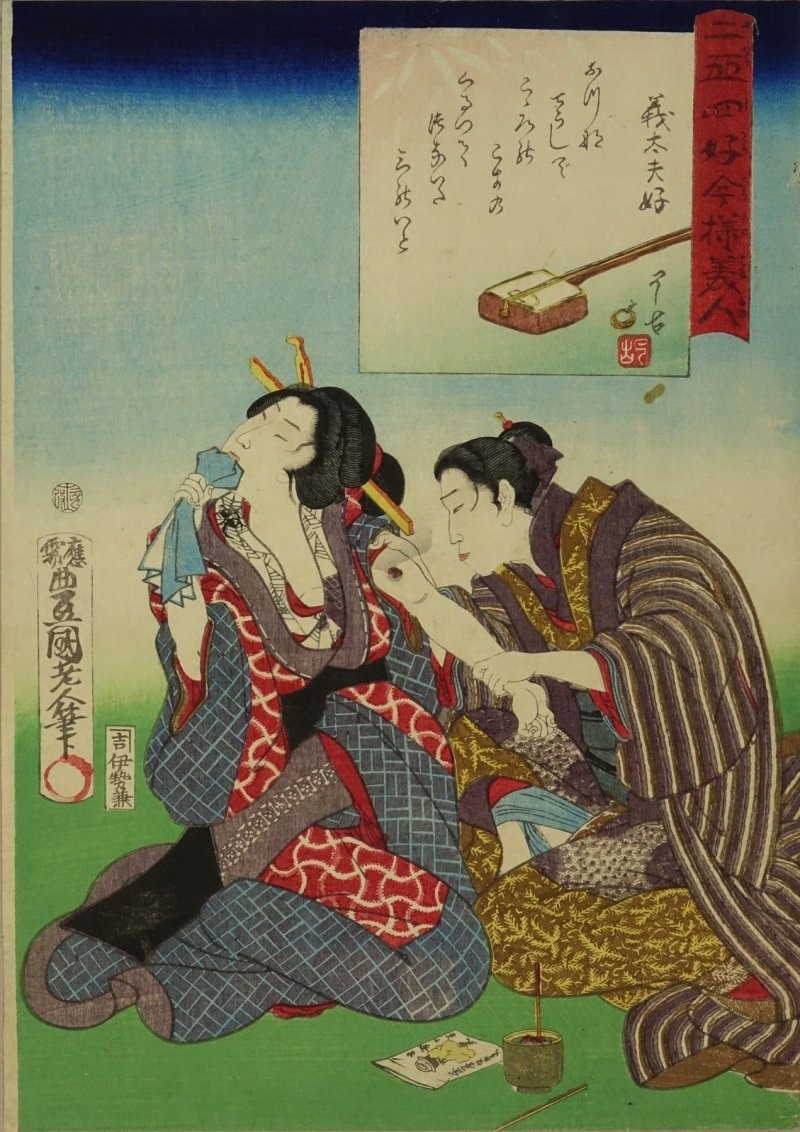
Both of these methods were VERY painful. But carrying the name of a lover who betrayed you on your shoulder (after all, relationships did not always end due to the tragic death of a partner) was almost a shame.
How a tattoo became a sign of a criminal
The Japanese government itself is to blame. At the beginning of the Meiji period (when Japan opened its borders to the world), the Japanese government, in an effort to protect its image and make a good first impression in the face of the new world, banned tattoos. 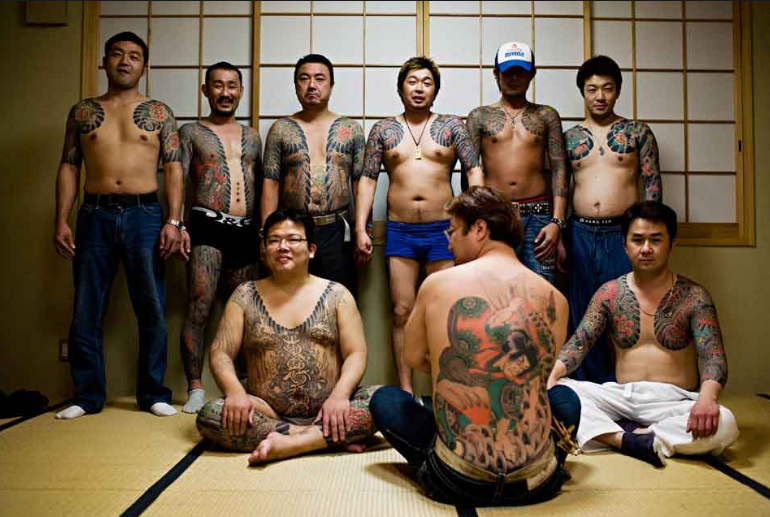
Stuffed with gang members, it really is a delicate and beautiful work
That is, only those people who were already outlaws could afford a tattoo. Or you got a tattoo and became an outlaw. Gradually, the yakuza and tattoos became practically inseparable, and the established art of tattooing in Japan was forced to go underground.
In 1948, the criminal status of tattoos in Japan was abolished. But it was too late, the tattoo was forever “tainted” by its connection with the Yakuza. Moreover, the Yakuza were not going to give others the privilege of getting gorgeous tattoos of dragons and tigers all over their backs. 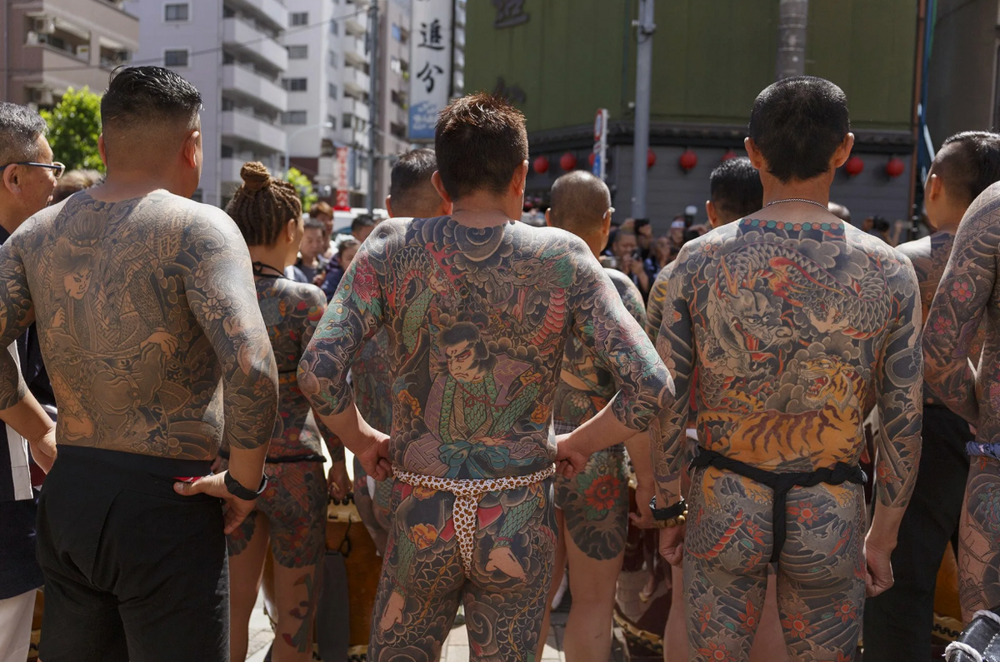
Tigers, dragons, such beauty were given to crime. And they themselves are to blame for making this a crime.
It’s kind of a shame, tattoo culture in Japan could have developed completely differently.
Add your comment
You might be interested in:












